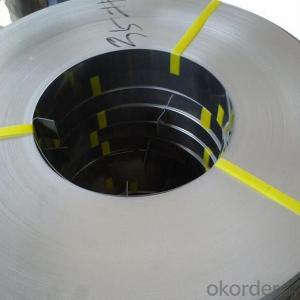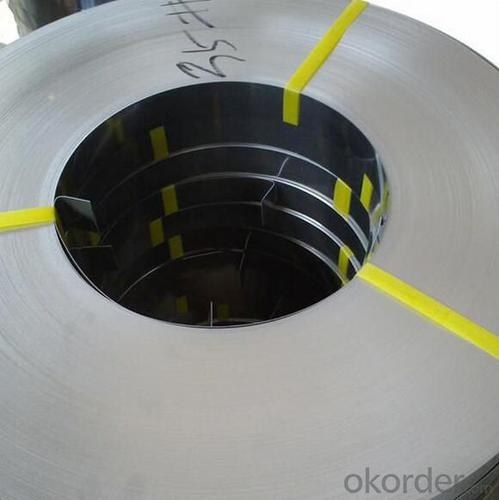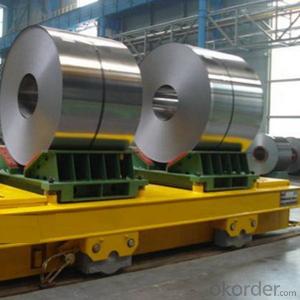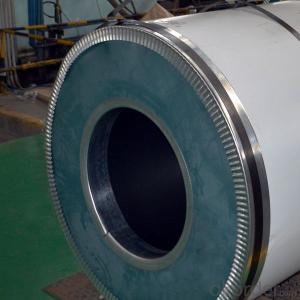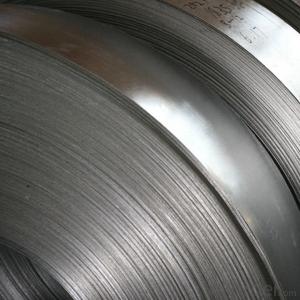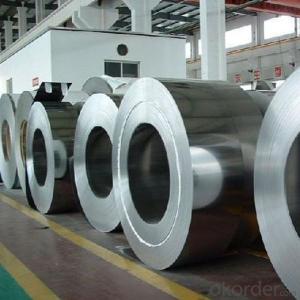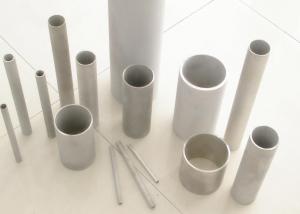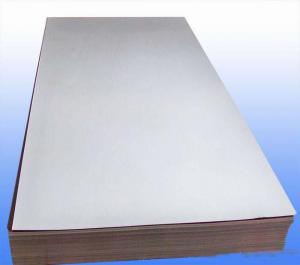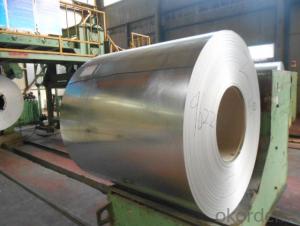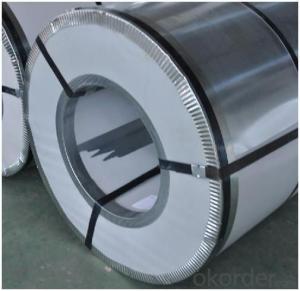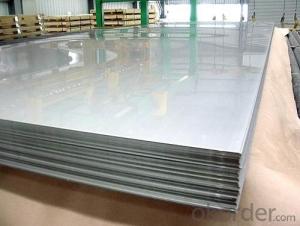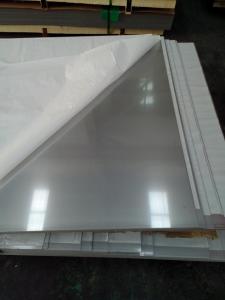Stainless Steel Cold Rolled Steel Coils NO.2B Finish Made in China
- Loading Port:
- Tianjin
- Payment Terms:
- TT OR LC
- Min Order Qty:
- 25 m.t.
- Supply Capability:
- 20000 m.t./month
OKorder Service Pledge
OKorder Financial Service
You Might Also Like
Specification
Products Description for Stainless Steel Coils/Sheets:
Product | stainless steel coils/plates/sheets | ||
Discharge Port | Any Port, China | ||
Size | Coils | Cold Rolled: | Thickness0.3-8mm,Width:280-2100mm |
Hot Rolled : | Thickness3-14mm,Width:650-2100mm | ||
Plates | Thickness2-80mm,Width:1500-3000mm | ||
Coil Weight | About 20 Tons | ||
Grade | 201,202,304/304L/304H,316/316L/316H,321/H,310S,409/L,430 etc. | ||
Technique | Hot Rolled/Cold Rolled | ||
Finish | 2B, BA, 2D, No1, No2, No4,NO.8,SB etc | ||
Edge | Mill Edge / Slitting Edge | ||
Package | In bundles, or as customer's requirement | ||
Place of Origin | Made in China | ||
MOQ | 20 Tons | ||
Description for Stainless Steel Coils/Sheets:
Prodcut:Stainless Steel Coil
Thinckness: 0.20mm-8.0mm
Width:1000mm, 1219mm(4 feet), 1250mm, 1500mm, 1524mm(5 feet),
1800mm, 2000mm, 2200mm, 2500mm,and customizable
Ni:0.8~1.2% Cu:1.4~1.5% Cr:14
Standard: ASTM, JIS, GB, BS, DIN etc
Grade: 200series&300series&400series
Surface finish: 2B, BA, 8K, 6K, Mirror Finished, No1, No2, No4, Hair Line with PVC
Manufacture technology: cold rolled/hot rolled
Thickness Tolerance: +/-0.1mm
Width Tolerance: +/-10mm
200 Seriers: 201,202
300 Seriers: 301, 304, 304L, 316L, 309, 310S,321
400 Seriers: 410, 410S, 409L,430
Detail picture for Stainless Steel Coils/Sheets
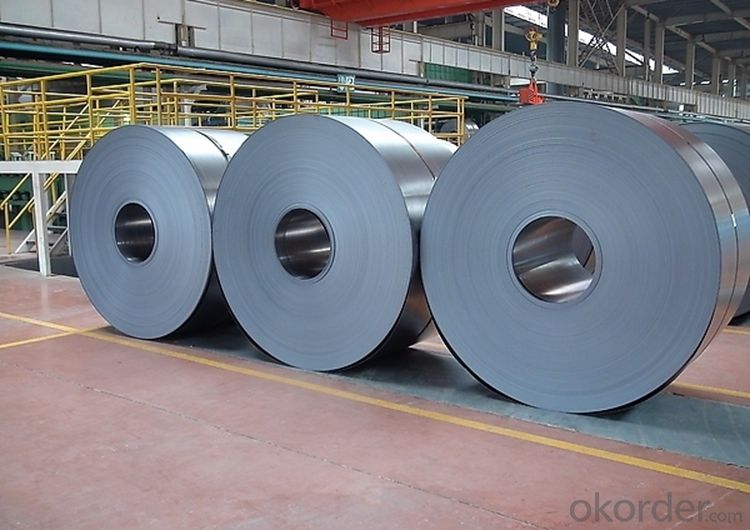
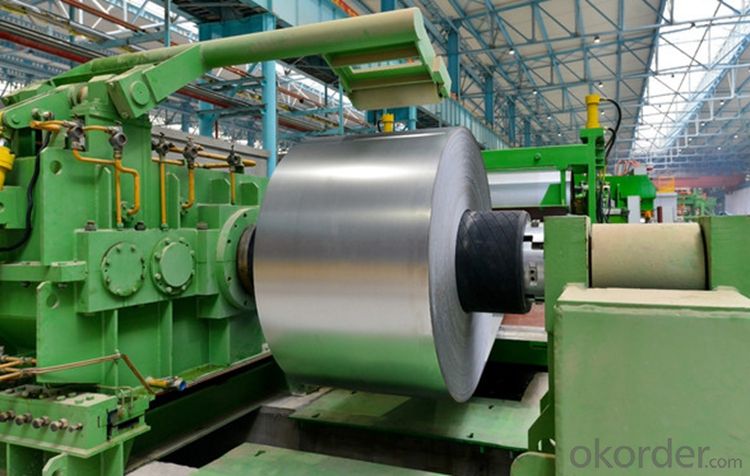
Packaging & Delivery for Stainless Steel Coils/Sheets:
Packaging Detail Standard export packing or following customer's demand
Delivery Time: Within 30-40 days after deposit or according to the order quantity
Export Markets for Stainless Steel Coils/Sheets:
Our target market is the international market. Every year we export most of products to countries like India, Pakistan, South Korea, Brazil, Australia, South Africa, Spain, Sri Lanka, Taiwan, Hong Kong, etc.
FAQ for Stainless Steel Coils/Sheets:
Q: How long is the delivery time?
A: Normally 30-40 days, but mostly according to the specific requirements or the quantity
Q: Could you send me sample?
A: We can supply you with the sample for free, but the delivery charges will be covered by customers.
- Q: Can stainless steel sheets be used for backsplashes?
- Yes, stainless steel sheets can be used for backsplashes. Stainless steel is a popular choice for backsplashes due to its durability, resistance to heat and moisture, and easy maintenance. It can handle the heat and moisture that is often present in kitchen areas, making it a suitable material for protecting walls behind stovetops and sinks. Additionally, stainless steel backsplashes can add a modern and sleek look to the kitchen, complementing various design styles. They are also easy to clean, as they can be wiped down with a damp cloth or cleaned with mild soap and water. Overall, stainless steel sheets are a practical and aesthetic choice for backsplashes in both residential and commercial settings.
- Q: Can stainless steel sheets be used for insulation?
- No, stainless steel sheets cannot be used for insulation. Stainless steel is a good conductor of heat and electricity, so it would not provide adequate insulation.
- Q: Are stainless steel sheets suitable for outdoor signage?
- Yes, stainless steel sheets are suitable for outdoor signage. Stainless steel is a popular choice for outdoor applications due to its durability, corrosion resistance, and aesthetic appeal. It is highly resistant to rust and can withstand harsh weather conditions, making it ideal for outdoor signage that needs to withstand exposure to rain, sunlight, and extreme temperatures. Additionally, stainless steel sheets can be easily customized and fabricated to create various designs and shapes, making it a versatile material for outdoor signage. Its sleek and polished finish also adds a professional and modern look to any signage. Overall, stainless steel sheets are a reliable and long-lasting option for outdoor signage.
- Q: Can stainless steel sheets be used for railway infrastructure?
- Railway infrastructure can utilize stainless steel sheets, as they offer numerous advantages. Stainless steel is a versatile and enduring material that is well-suited for railway applications. Its resistance to corrosion makes it suitable for outdoor and high humidity environments, which are commonplace in railway infrastructure. Stainless steel sheets can withstand severe weather conditions, such as extreme temperatures, rain, and UV radiation, without deteriorating or corroding. As a result, they are an excellent choice for railway tracks, bridges, tunnels, and other structures that are exposed to the elements. Moreover, stainless steel sheets possess an exceptional strength-to-weight ratio. This characteristic allows for the construction of lightweight yet robust railway infrastructure. Consequently, the overall structure's load is reduced, enabling easier transportation and installation. Stainless steel is also fire-resistant and can withstand significant impact, making it an ideal option for railway applications that prioritize safety. Furthermore, stainless steel sheets are effortless to clean and maintain, which is advantageous for railway infrastructure that necessitates regular upkeep. Their aesthetic appeal can be easily restored through polishing, ensuring a clean appearance. Additionally, stainless steel is recyclable, making it an environmentally friendly choice for sustainable railway construction. To summarize, due to their corrosion resistance, strength, durability, fire resistance, ease of maintenance, and sustainability, stainless steel sheets are indeed suitable for railway infrastructure.
- Q: Can stainless steel sheets be used for HVAC systems?
- Yes, stainless steel sheets can be used for HVAC systems. Stainless steel is highly resistant to corrosion and can withstand high temperatures, making it an ideal material for HVAC components such as ductwork, heat exchangers, and exhaust systems. It is also durable and easy to clean, ensuring long-lasting performance in HVAC applications.
- Q: Are stainless steel sheets available in different patterns?
- Yes, stainless steel sheets are available in different patterns.
- Q: Can stainless steel sheets be used for roofing or cladding?
- Yes, stainless steel sheets can be used for roofing or cladding. Stainless steel is a durable and corrosion-resistant material that is well-suited for exterior applications. It offers excellent strength and can withstand harsh weather conditions, making it an ideal choice for roofing or cladding. Additionally, stainless steel has a sleek and modern appearance, which can enhance the aesthetic appeal of a building. Its longevity and low maintenance requirements also make it a cost-effective option in the long run. Overall, stainless steel sheets are a reliable and versatile choice for roofing or cladding projects.
- Q: Are stainless steel sheets suitable for food display cases?
- Indeed, stainless steel sheets are well-suited for food display cases. The food industry extensively employs stainless steel because of its hygienic qualities and lastingness. Its resistance against corrosion, staining, and bacterial proliferation renders it a material of choice for food display cases. Moreover, stainless steel's simplicity in cleaning and upkeep enables a secure and sanitary food display environment. Furthermore, stainless steel's smooth and contemporary aesthetic elevates the presentation of food items, rendering it a favored option for food display cases in establishments like bakeries, delis, and supermarkets.
- Q: What is the difference between 304 and 316 stainless steel sheets?
- The main difference between 304 and 316 stainless steel sheets is their composition and corrosion resistance. 304 stainless steel contains 18% chromium and 8% nickel, while 316 stainless steel contains 16% chromium, 10% nickel, and 2% molybdenum. This additional molybdenum in 316 stainless steel improves its corrosion resistance, making it more suitable for use in marine environments or applications exposed to harsh chemicals. Therefore, 316 stainless steel sheets are generally considered more corrosion resistant than 304 stainless steel sheets.
- Q: How do you remove water spots from stainless steel sheets?
- Achieving water spot-free stainless steel sheets is simple with these steps: 1. Begin by thoroughly cleansing the surface using a mild dish soap and warm water solution. This will eliminate any dirt or grime that might contribute to the presence of water spots. 2. Rinse the sheets with fresh water and dry them completely using a soft cloth or towel. This is crucial to prevent the formation of new water spots during the cleaning procedure. 3. Subsequently, create a mixture of equal parts white vinegar and water. Immerse a clean cloth or sponge into the solution, ensuring to remove any excess liquid. 4. Gently rub the affected areas of the stainless steel sheets with the vinegar solution-soaked cloth or sponge. Make sure to follow the grain of the stainless steel in order to avoid scratching the surface. 5. Once the water spots have been rubbed, rinse the sheets with clean water and thoroughly dry them again using a soft cloth or towel. 6. If the water spots persist, you can attempt using a stainless steel cleaner or polish specifically formulated for eliminating stains and water spots. Follow the instructions provided with the cleaner and test it on a small, inconspicuous area beforehand to ensure it does not harm the stainless steel. Always remember to utilize soft materials and gentle cleaning techniques when dealing with stainless steel to prevent scratching or damaging the surface.
Send your message to us
Stainless Steel Cold Rolled Steel Coils NO.2B Finish Made in China
- Loading Port:
- Tianjin
- Payment Terms:
- TT OR LC
- Min Order Qty:
- 25 m.t.
- Supply Capability:
- 20000 m.t./month
OKorder Service Pledge
OKorder Financial Service
Similar products
Hot products
Hot Searches
Related keywords
